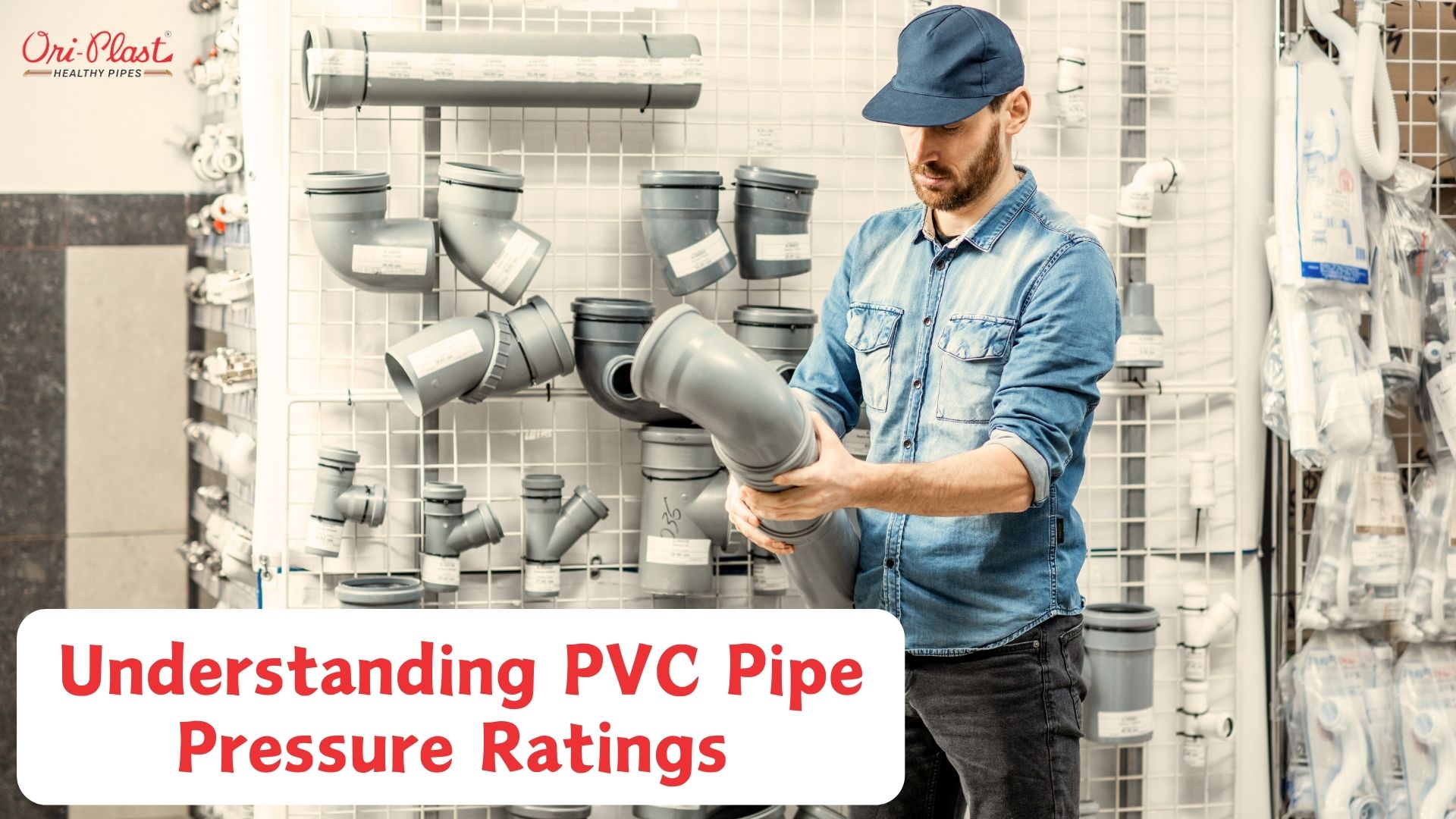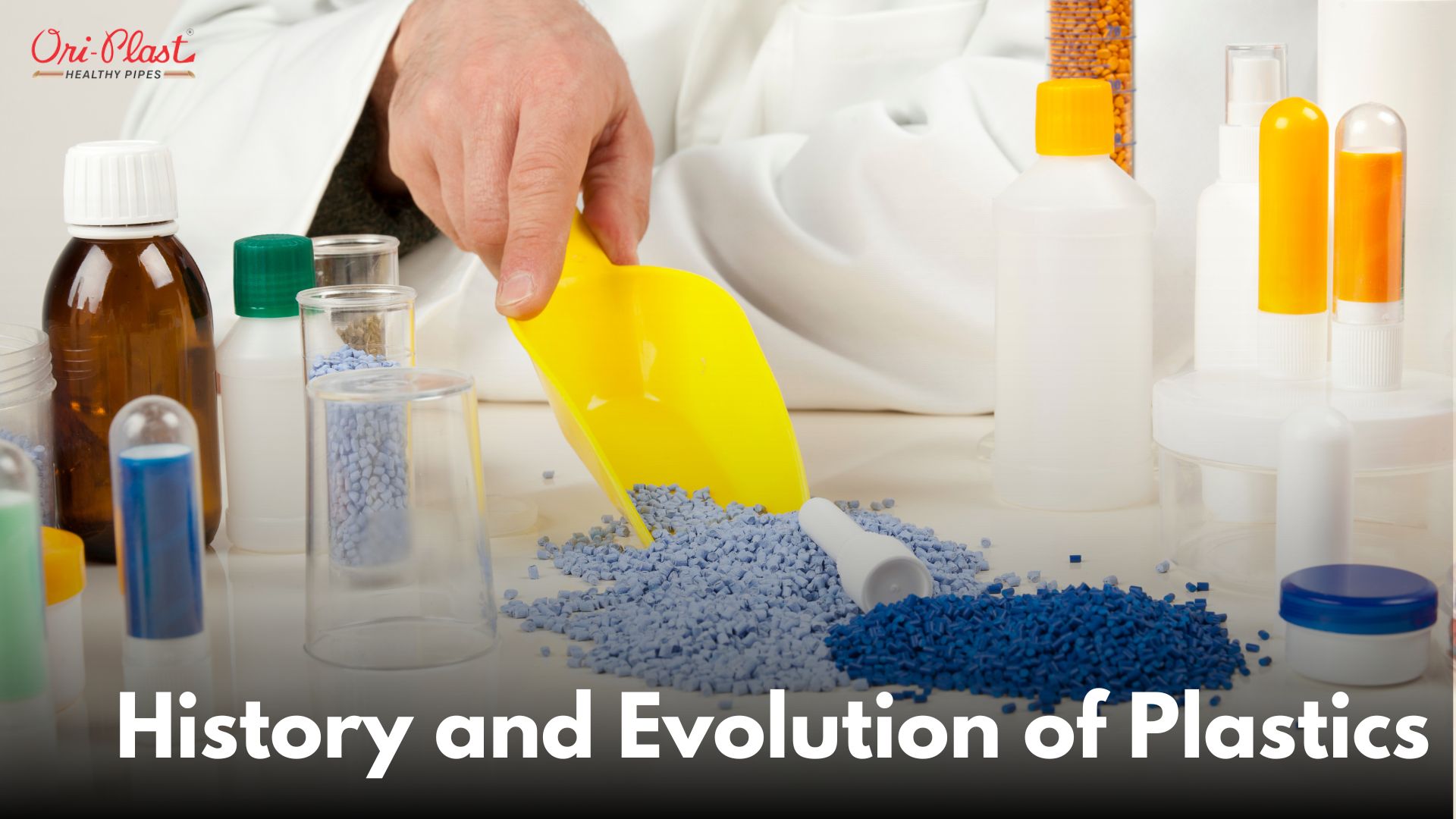Poly Vinyl Chloride (PVC) pipes are incredibly versatile and used for a variety of applications - potable water supply lines, drain lines, pool piping, irrigation systems and more. One of the most important factors when selecting the right PVC pipe is the pressure rating. This determines the maximum pressure the pipe can safely withstand before potentially bursting or failing. Here's a guide to understanding those all-important pressure ratings.
What Do the Ratings Mean?
PVC pipe pressure ratings indicate the amount of force per square inch (psi) the pipe can handle without risk of rupture, leaks or joint separations under normal temperatures. The higher the rating number, the more pressure resistance the pipe has.
Common pressure class ratings you'll see marked on PVC pipes include:
- 100 psi
- 160 psi
- 200 psi
- 315 psi
The pressure class represents the maximum working pressure, not burst pressure. For example, a 200 psi rated pipe doesn't mean it will actually burst at 201 psi. There are safety factors built in so the burst pressure is typically 2-3 times higher than the rated working pressure.
Factors That Affect Pressure Ratings
There are a few key factors that impact what pressure rating a particular PVC pipe receives:
Wall Thickness - Thicker-walled pipes can withstand higher pressures without risk of rupture. This is why higher pressure ratings like 315 psi have very thick, rigid walls.
Pipe Diameter - Generally, smaller diameter pipes have higher pressure ratings for the same thickness. This is because there is less overall surface area for the pressure to be exerted against.
Temperature - PVC is rated for maximum pressures at 73°F. As temperatures rise, those pressure ratings decrease. At 140°F, pressure ratings are usually de-rated by about 50%.
Manufacturing Process - Different PVC compounds and quality control in the manufacturing process can impact pressure capabilities. PVC pipe made via cast iron molding tends to have higher pressure ratings.
Applications for Different Ratings
So which pressure rating should you choose? This largely depends on the intended use of the PVC pipe. Here are some typical applications:
100 psi - Used for drainage lines, venting, and low-pressure applications where pipe bursting isn't a major concern.
160 psi - Sufficient for most basic residential plumbing systems with typical municipal water pressure levels.
200 psi - Recommended for municipal and residential supply lines with higher water pressure levels.
315 psi - Used primarily for high-pressure applications like industrial pipes, fire suppression systems, and irrigation lines.
One important consideration is safety factor. Generally, a 2:1 safety factor from the anticipated working pressure is recommended as a best practice. So if your maximum pressure is 90 psi, you'd want to use a 200 psi rated pipe to stay safely within the limit.
Pressure vs. SDR Ratings
Pipe pressure ratings are sometimes expressed in terms of "SDR" (Standard Dimension Ratio) rather than just psi. SDR is the ratio of the pipe outer diameter to its wall thickness. The larger the SDR number, the thinner the walls and lower the pressure rating.
Common SDR ratings and their psi equivalents are:
SDR 26 = 160 psi SDR 21 = 200 psi SDR 17 = 250 psi SDR 13.5 = 315 psi
So you may see pipes marked as SDR 21 200 psi, for example. This labeling system makes it easy to identify both the dimension ratio and pressure rating at a glance.
Properly Sizing & Handling Pipes
It's critical to choose the right pressure rated PVC for your needs and install it properly - otherwise even high-rated pipes can fail prematurely. Here are some important tips:
- Adhere strictly to manufacturer recommendations for maximum pressure, surges, etc. Pay close attention to temperature de-ratings.
- Account for water hammer shock and pressure spikes in the system when selecting a safety factor. The occasional surge could be much higher than working pressure.
- Use proper primer, solvent cements, fittings rated for the same pressure. Mixing ratings can cause failure points.
- Never install in locations that exceed the rated pressure, even briefly during testing or startup.
- Avoid denting, scratching or overstressing the pipe during installation which can weaken it significantly.
By understanding PVC pressure classes and selecting the appropriate pipe, you can ensure safe, reliable performance for all your piping systems. With the right installation and handling, PVC can provide decades of service for drinking water, waste removal and countless other application
For all your piping needs, from domestic plumbing to industrial applications, Ori-plast offers a reliable and cost-effective solution. With a commitment to quality, innovation, and customer satisfaction, Ori-plast has earned its reputation as the Top PVC Pipe Manufacturer In India. Look no further for a trusted partner in your next plumbing project.




